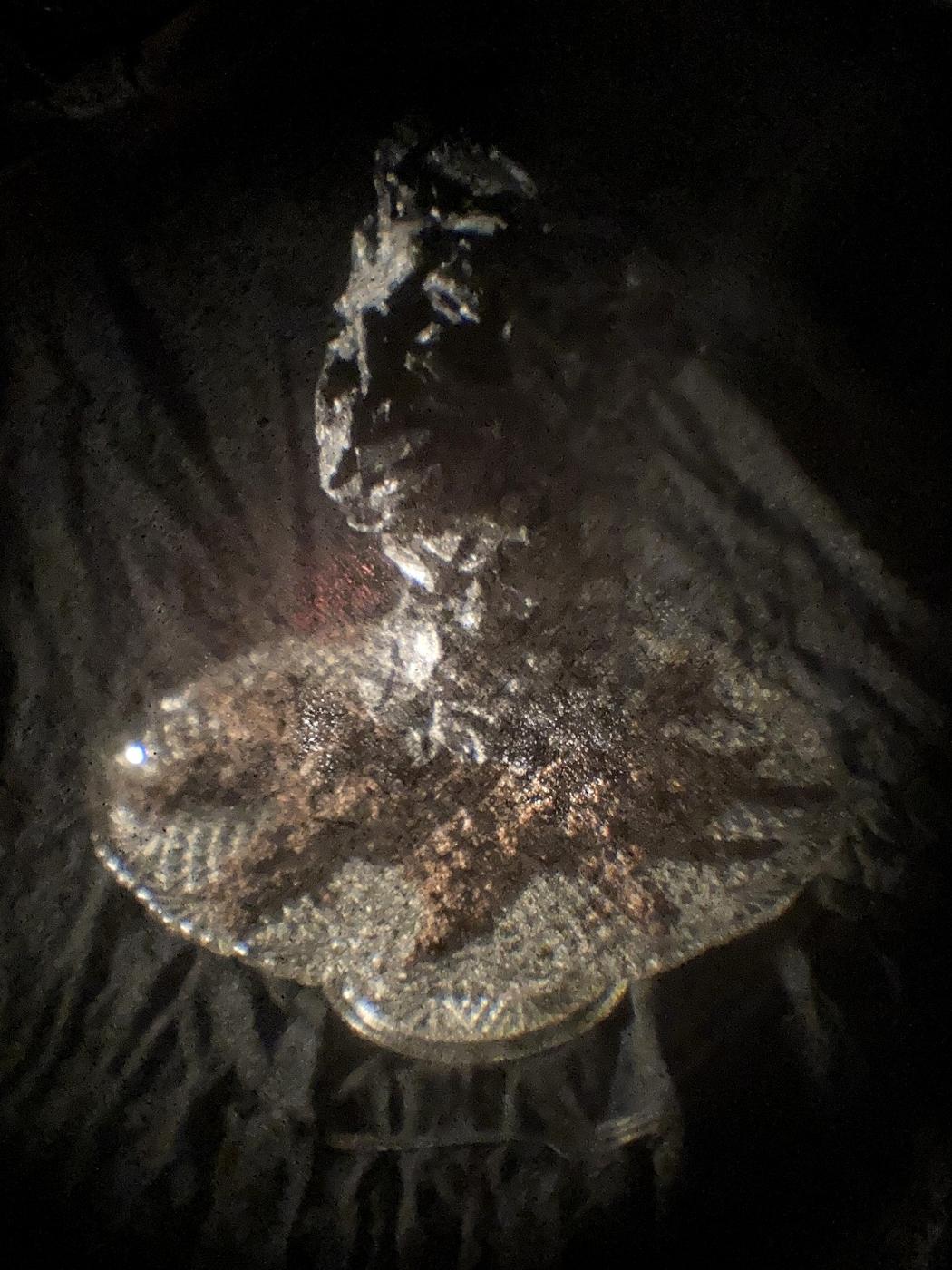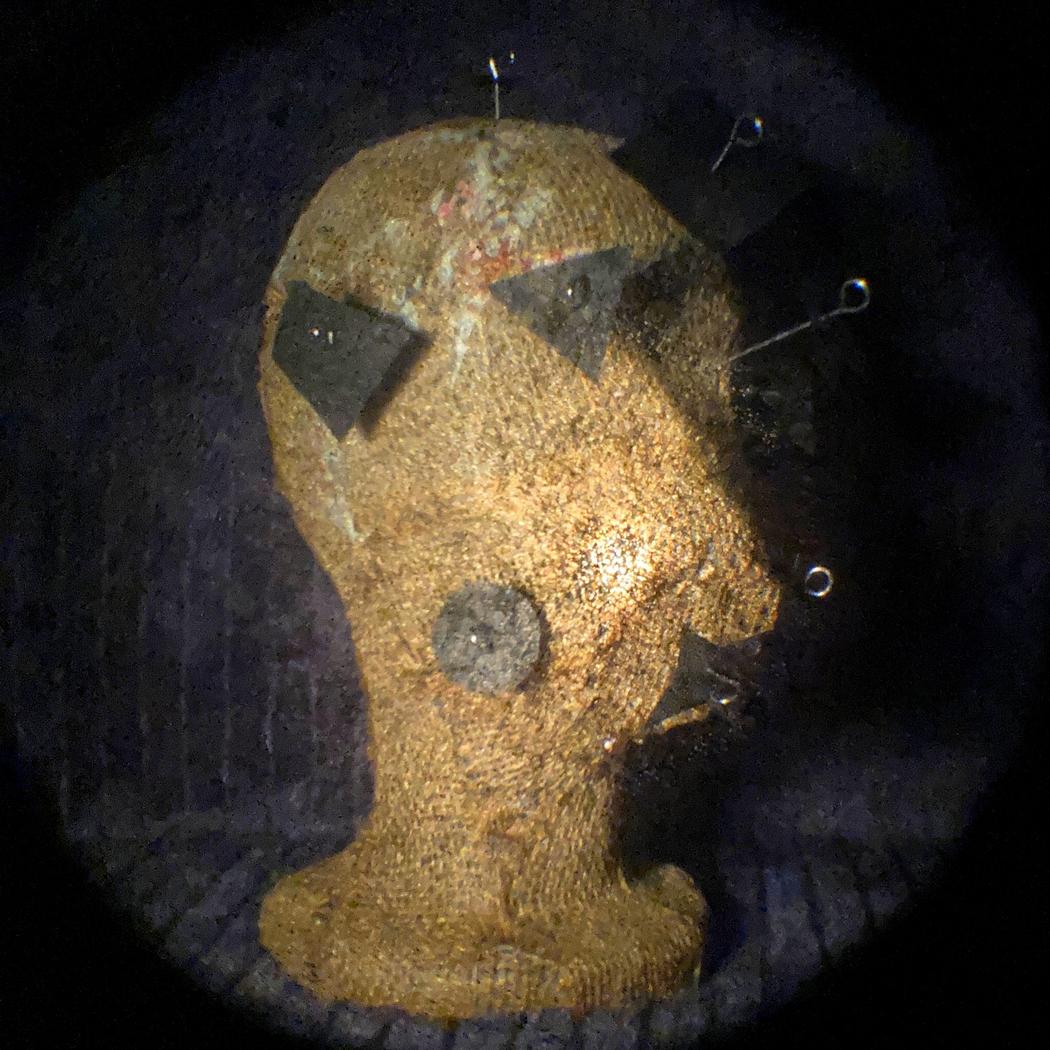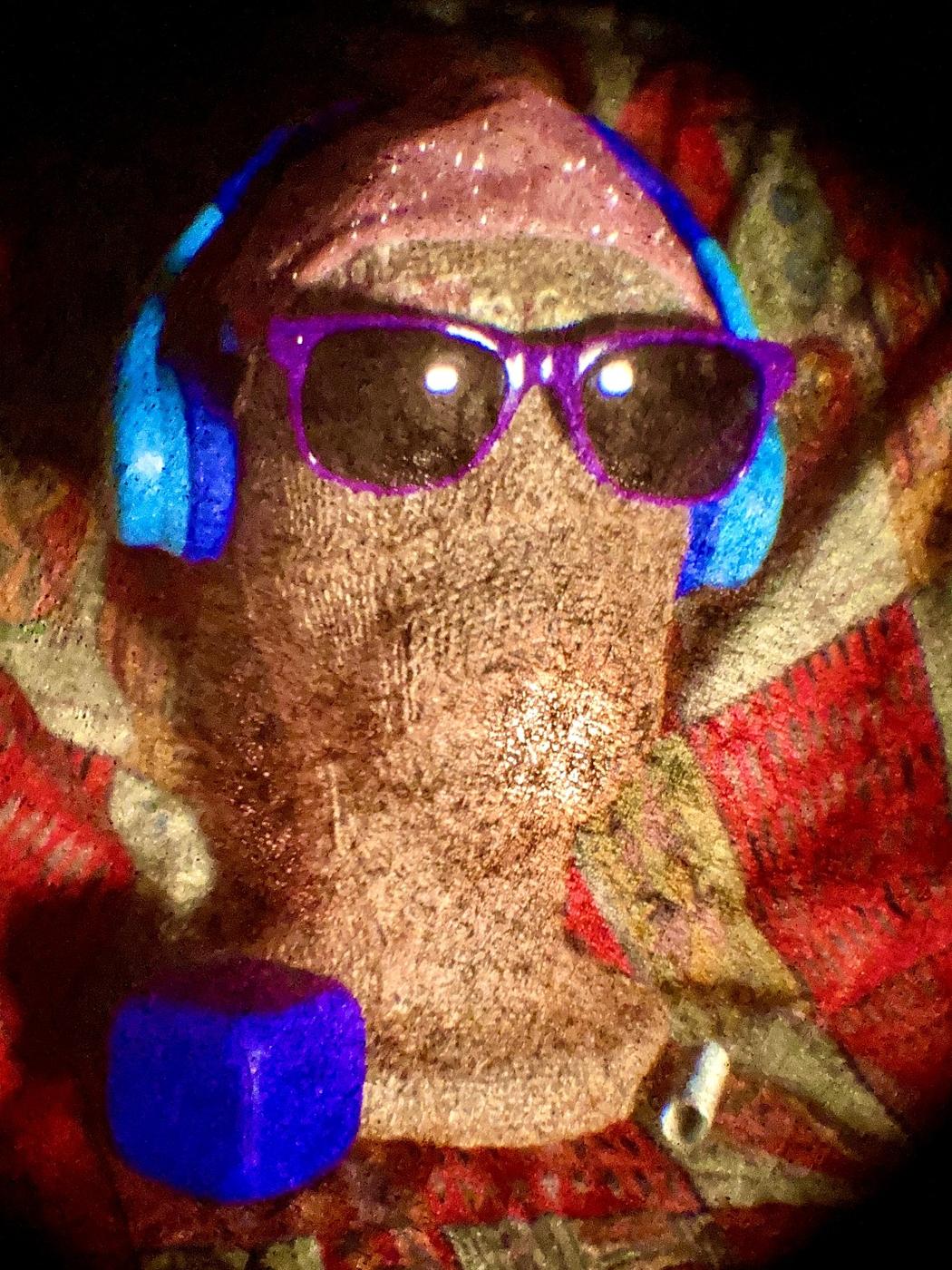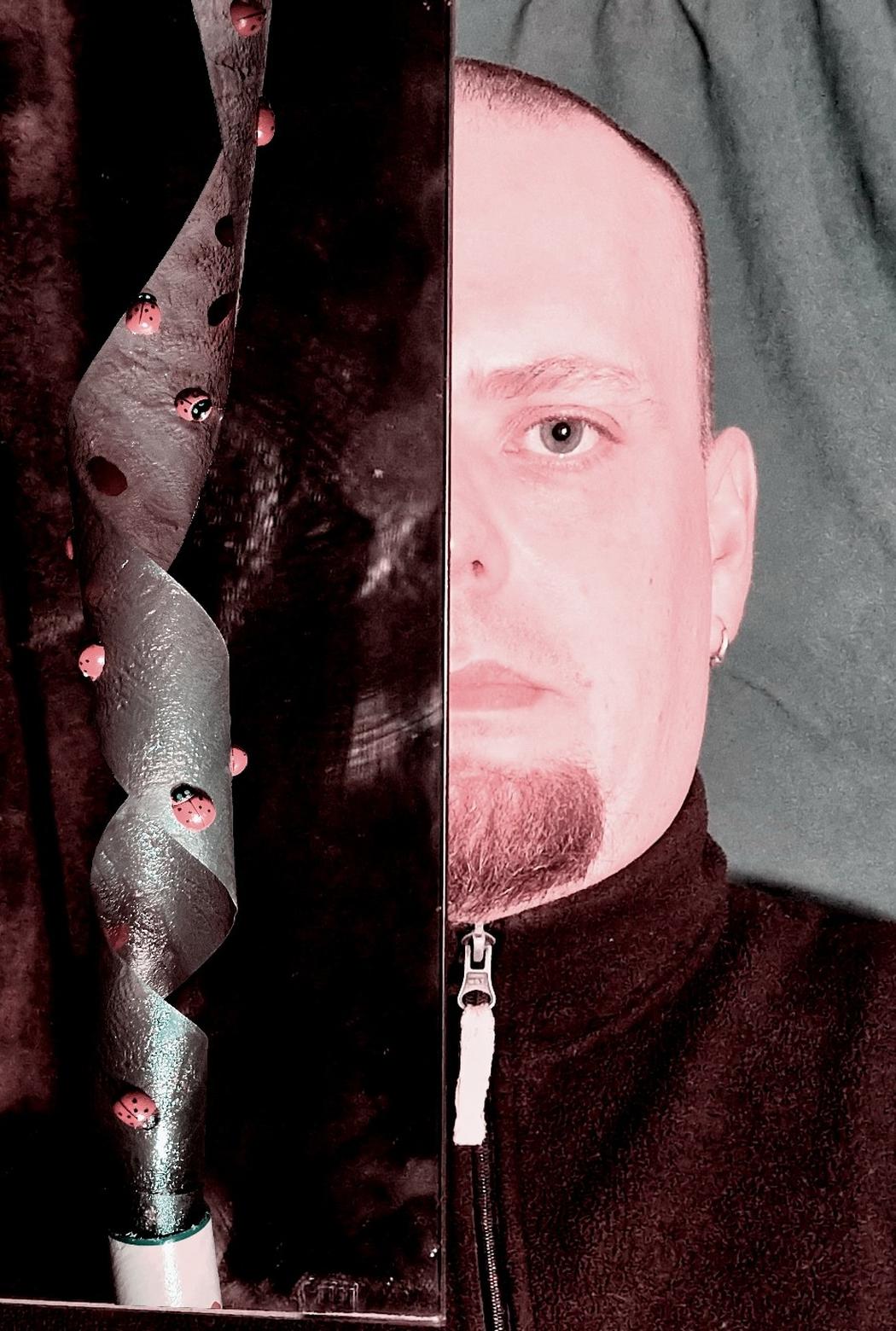Leo Bacharach
Year of birth: 1983
Where do you live: Dresden, Germany
Describe your art in three words: Timeless, archetypal, independent
Your discipline: To go deep, listening only to my inner voice, using every gift given to me by God
Instagram
Your background bridges music, physics, photography, and fine art. How do these disciplines influence your current artistic practice?
Absolutely everything I can absorb into my mind—from the fields you mentioned, or any others—affects my art. My consciousness is a black box. Information enters it, and art emerges as the output—my subconscious’s way of processing all those impressions and data. I cannot know exactly how everything influences my work, but the fact that it all has an impact is beyond doubt. Music plays a huge role in my life, especially rock music and 20th-century classical music (Schoenberg, Cage, Berio, etc.). Their conceptual clarity and precision in musical expression certainly influence the conceptual nature of my photographic work.
What inspired you to represent human life through symbolic head sculptures?
The trigger for this series was the war in Ukraine. I myself was born in Ukraine, and many people around me have been affected by this theme. I especially want to mention the film Let’s Leave it for Better Times by Dirk Großer. Even though he is German, he traveled to Ukraine multiple times to interview contemporary artists and explore how the war influences art. I thought something like, “I’m Ukrainian, and also an artist. I need to do something or say something about this!” That’s how the idea arose—to portray the horror and senselessness of war. Initially, I explored ways to depict the death of an abstract soldier, which led to the sculpture that became the “Death” phase. Later came the idea to generalize and create a series of different phases of life.
 Leo Bacharach | Death | 2024
Leo Bacharach | Death | 2024
Can you tell us about the materials and techniques you use in your works?
I started with classical black-and-white film photography, then switched to digital. But even now, I occasionally return to analog methods. For example, this year I learned how to do cyanotypes. And right now, there’s a box on my desk I’m about to turn into a pinhole camera. Regarding the photographs of abstract heads specifically—they’re mostly digital photographs captured using a handmade semi-transparent intermediate screen, which creates an additional effect: the images move away from realism and begin to resemble paintings. The base of each sculpture is ultimately a foam head bought from a store, which I modified in various ways. The most fascinating part was creating the “Death” phase out of charcoal for grilling. The mold I used to shape that charcoal sculpture—from fabric soaked in acrylic varnish—became the foundation for another phase that precedes death, called “Broken”.
 Leo Bacharach | Broken | 2024
Leo Bacharach | Broken | 2024
The series seems to follow a chronological path — from soul to death. Is there a narrative or philosophical concept guiding this progression?
Just as I dislike being preached to, I also avoid preaching. I believe art should be as self-evident as possible—so that the meaning of a piece can be understood without lectures about “what the author meant.” That’s why my photographs don’t contain ethical, political, or philosophical messages. They’re simply depictions of “typical life” through archetypal images of its phases. Each person is free to meditate on them, relate them to their own life, and draw (or not draw) conclusions.
 Leo Bacharach | Adult | 2024
Leo Bacharach | Adult | 2024
Do any of the stages in your series (e.g. Teenager, Death, Adult) hold personal meaning or are based on autobiographical elements?
No, not really. Though of course, I didn’t just conjure the imagery out of thin air—I saw, absorbed, or experienced many of them. For example, the children’s scale against tiled walls—I remember that from my childhood, when I had to stay in the hospital for a month at around age seven. That photo turned out very eerie. It’s honestly my favorite in the series.
Your images have a theatrical, almost ritualistic presence. How important is symbolism in your work?
I love symbolic, minimalist, and conceptual art. My favorite artist is Giorgio de Chirico from his metaphysical period. Philosophically, my world includes Freemasonry, Kabbalah, and tarot cards. I wouldn’t want to be pigeonholed, but yes—symbolism and theatrical clarity in artistic expression are extremely important to me.
 Leo Bacharach | Teenager | 2024
Leo Bacharach | Teenager | 2024
You’ve worked on a software for artistic tessellations. Does digital technology play a role in your sculpture work as well?
In this series of abstract heads, I hardly used digital technology—only to crop the images and make slight adjustments to contrast, brightness, and saturation. The sculptures I photographed were created without any digital tools: just foam templates, glue, varnish, and a variety of additional materials.
That said, I do have one sculpture that was shaped based on a tessellation pattern generated by my software.


Leave a Reply